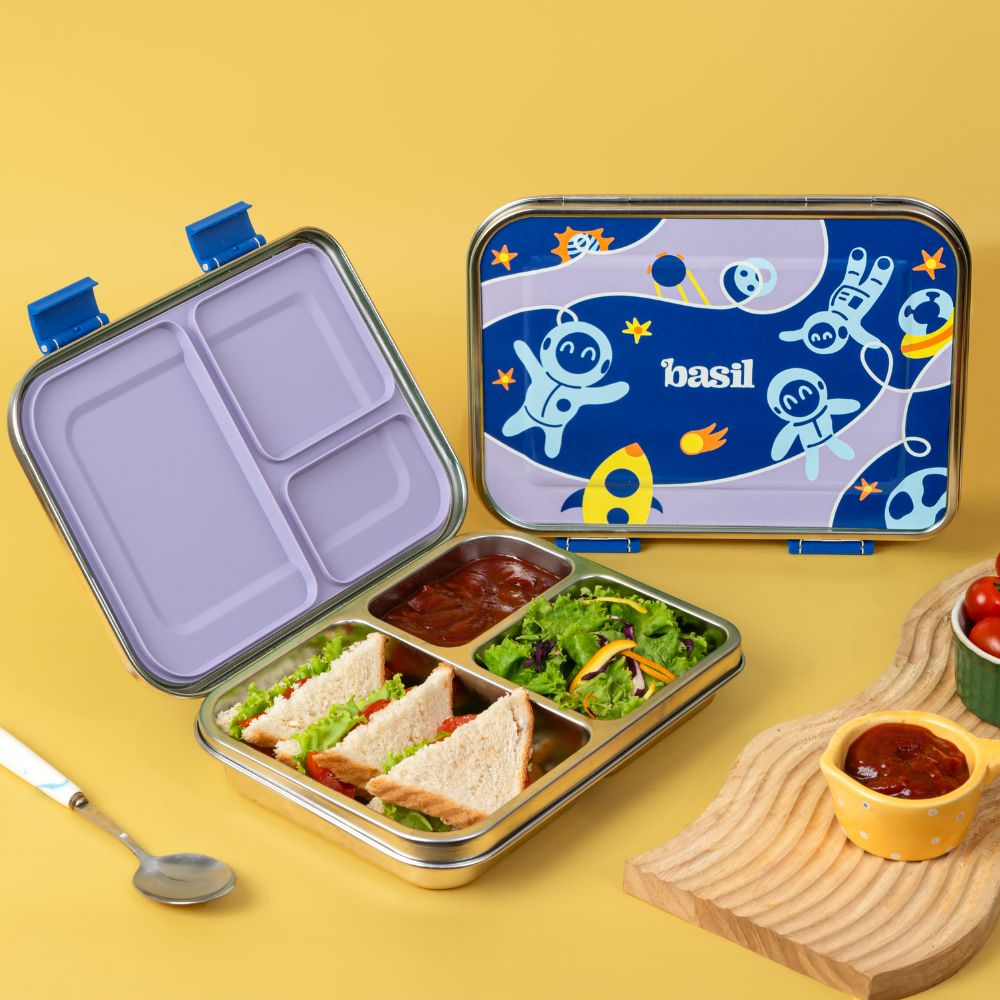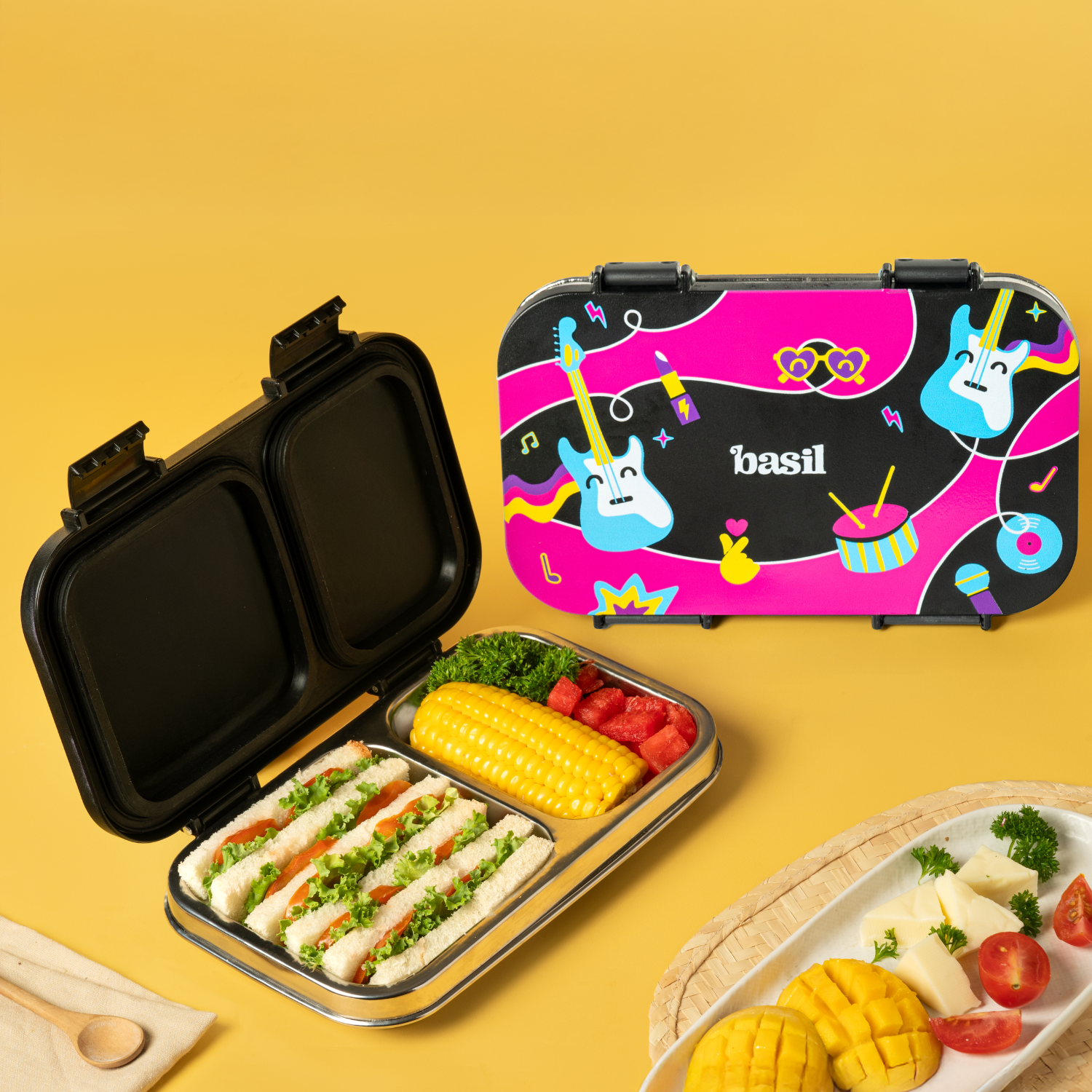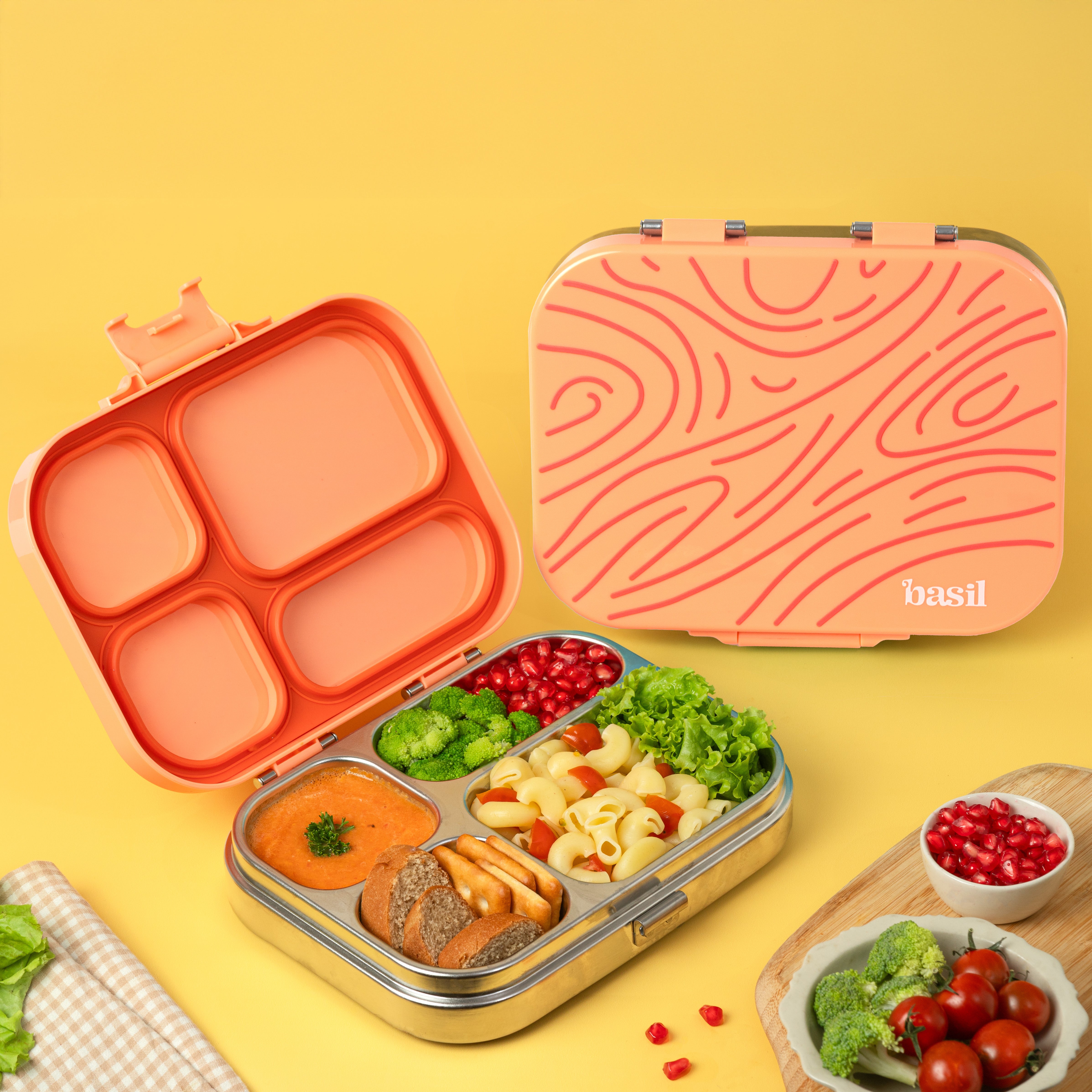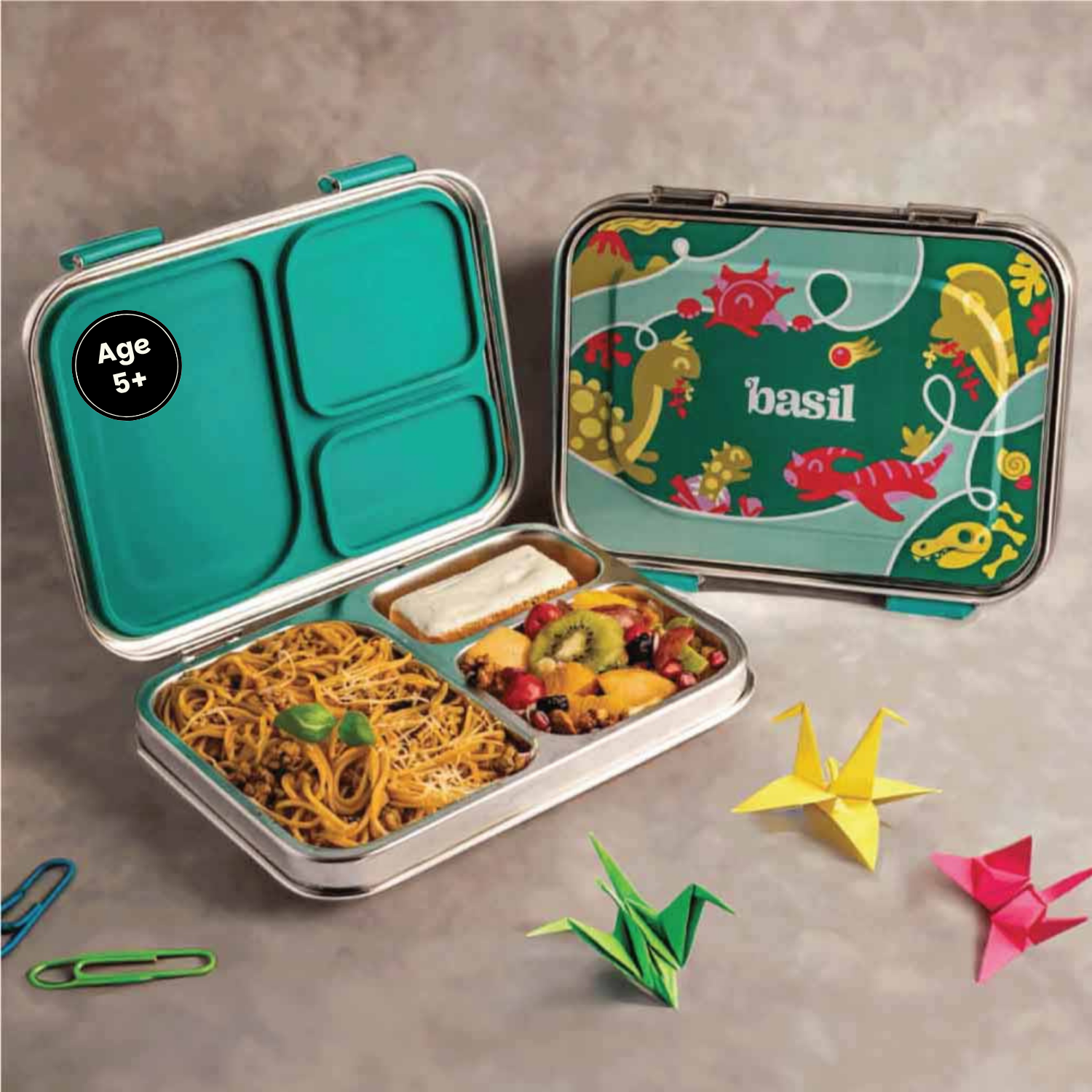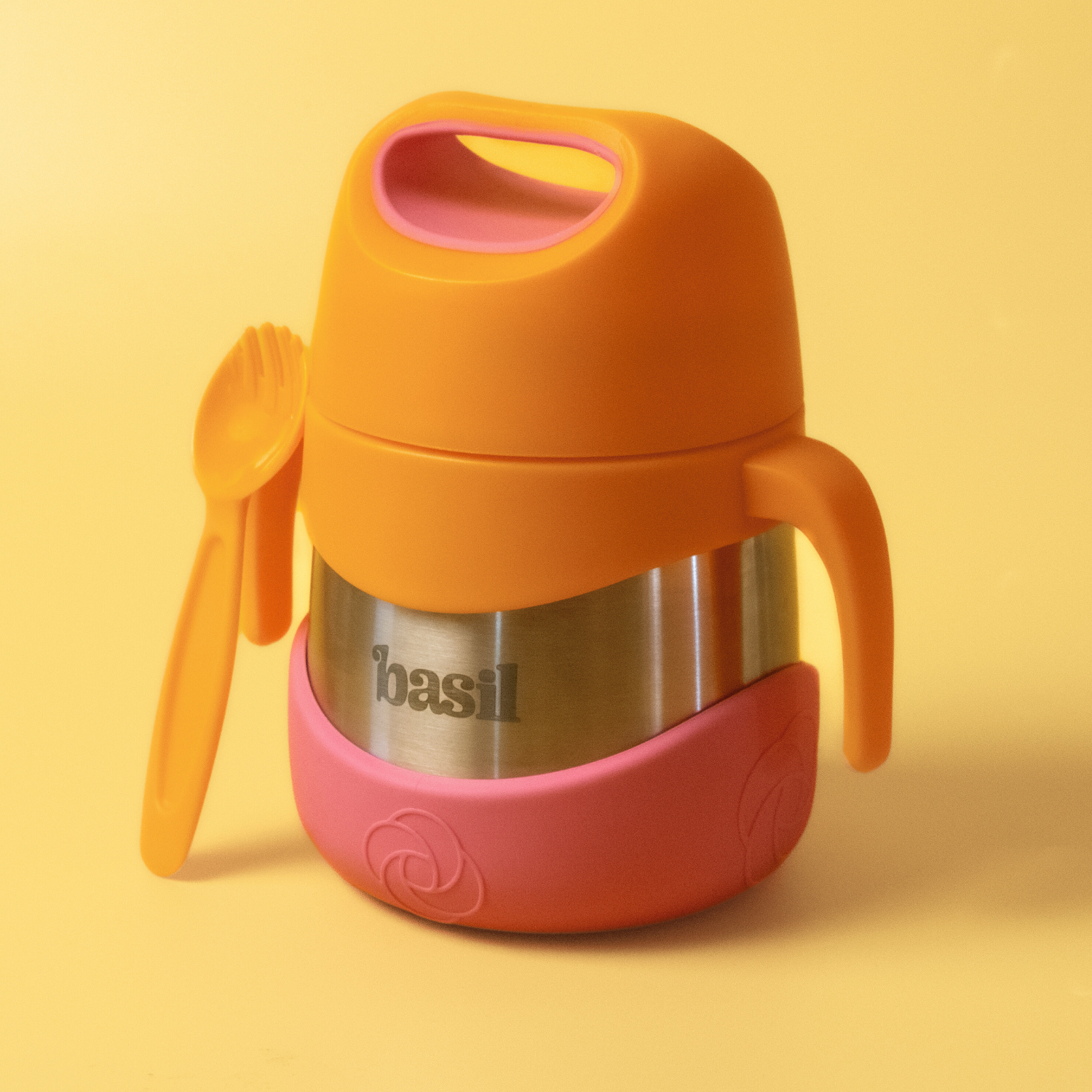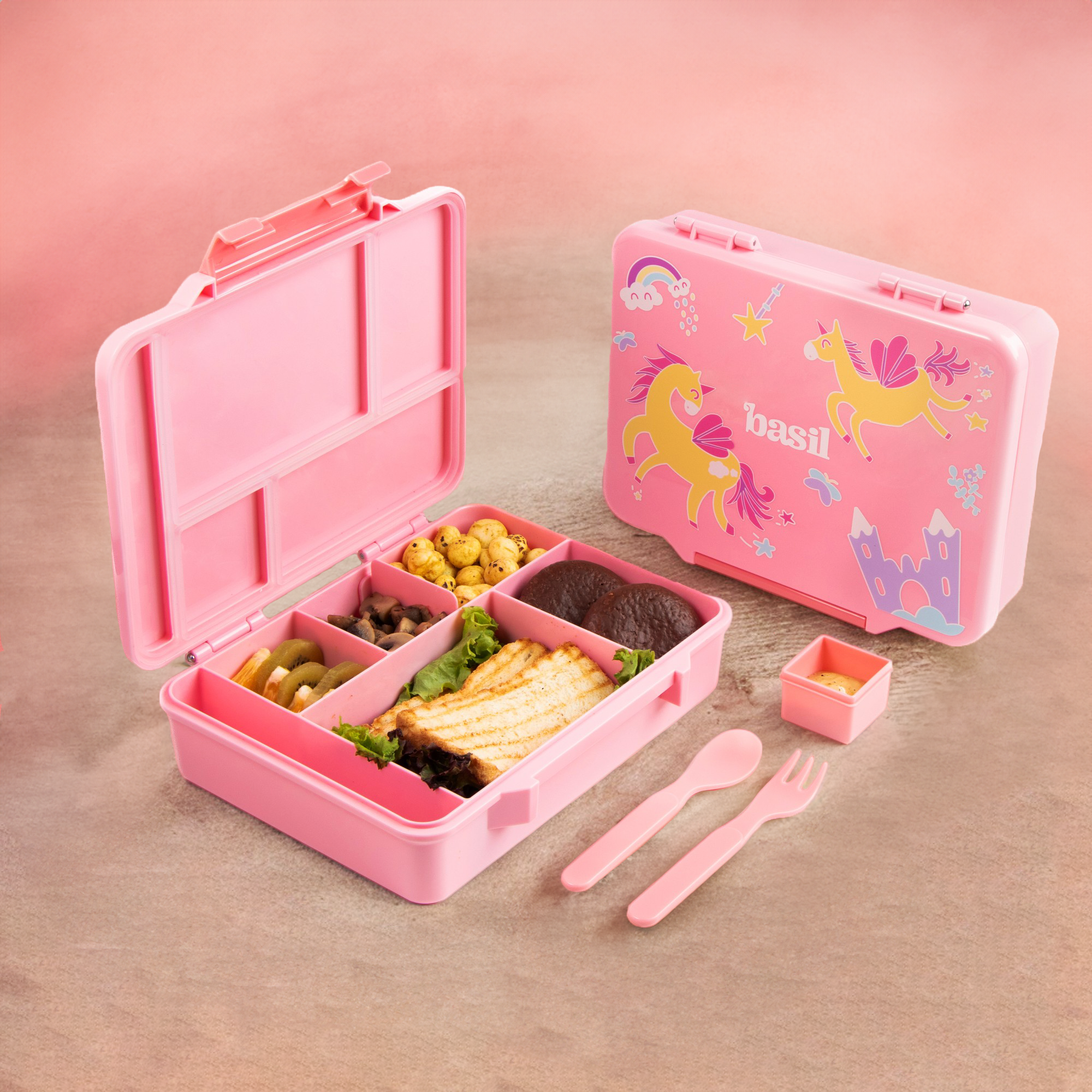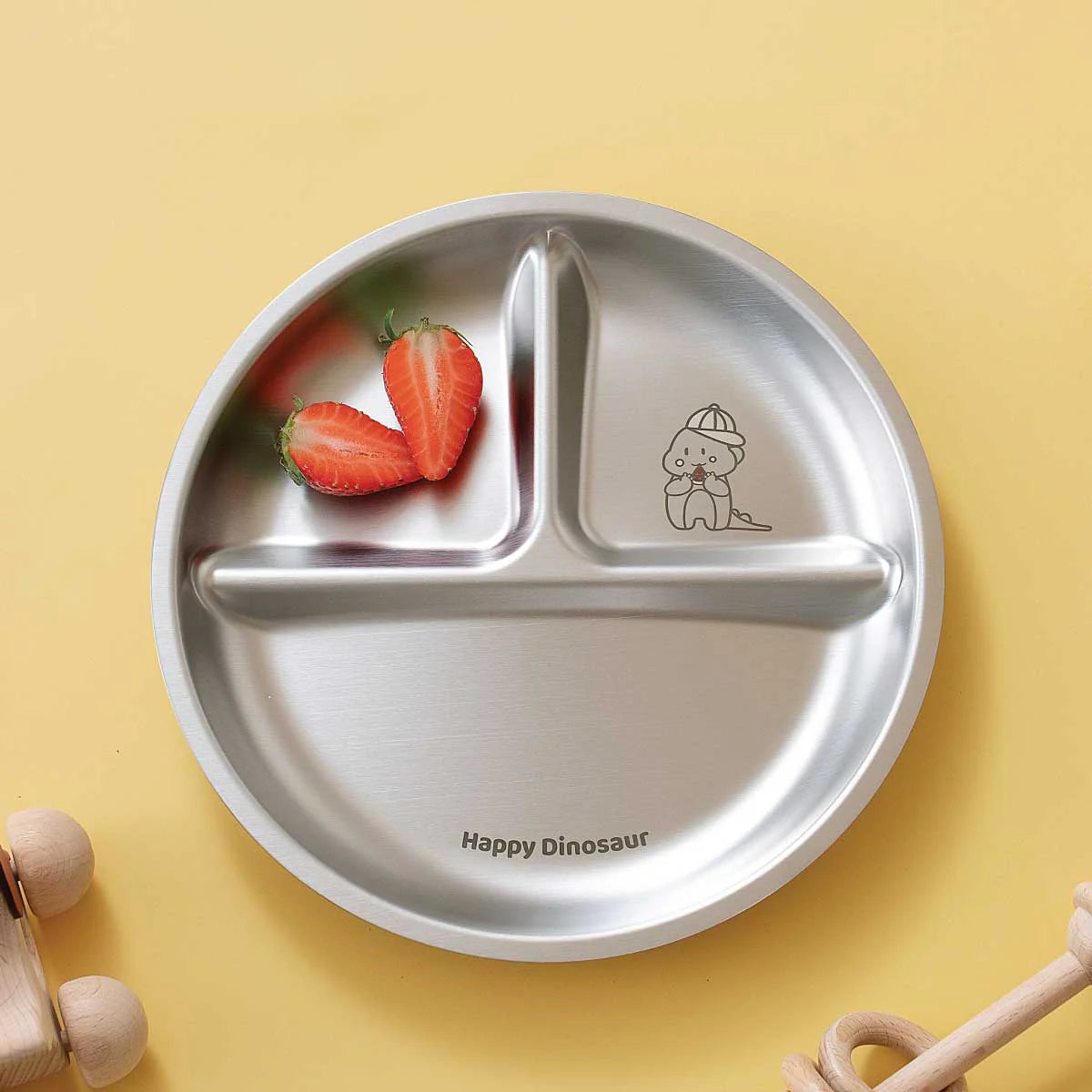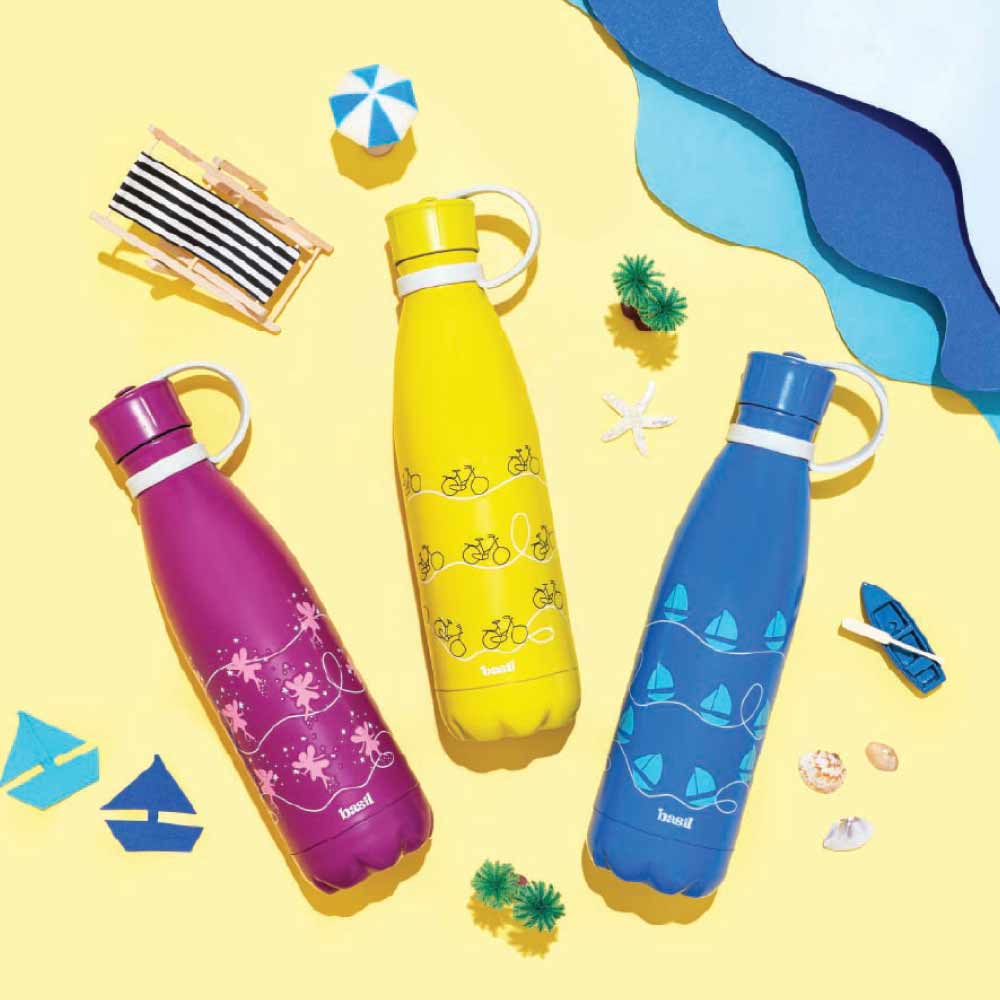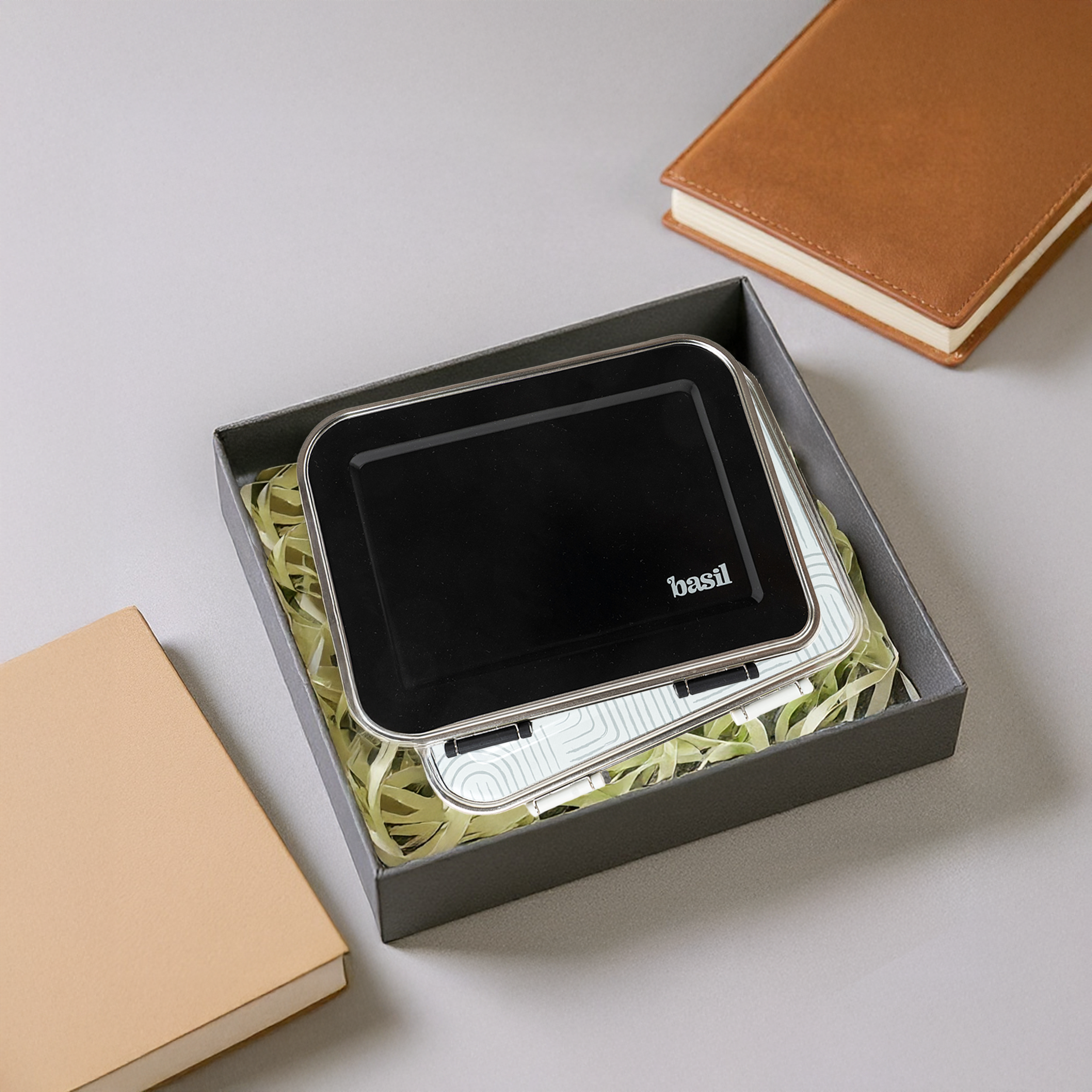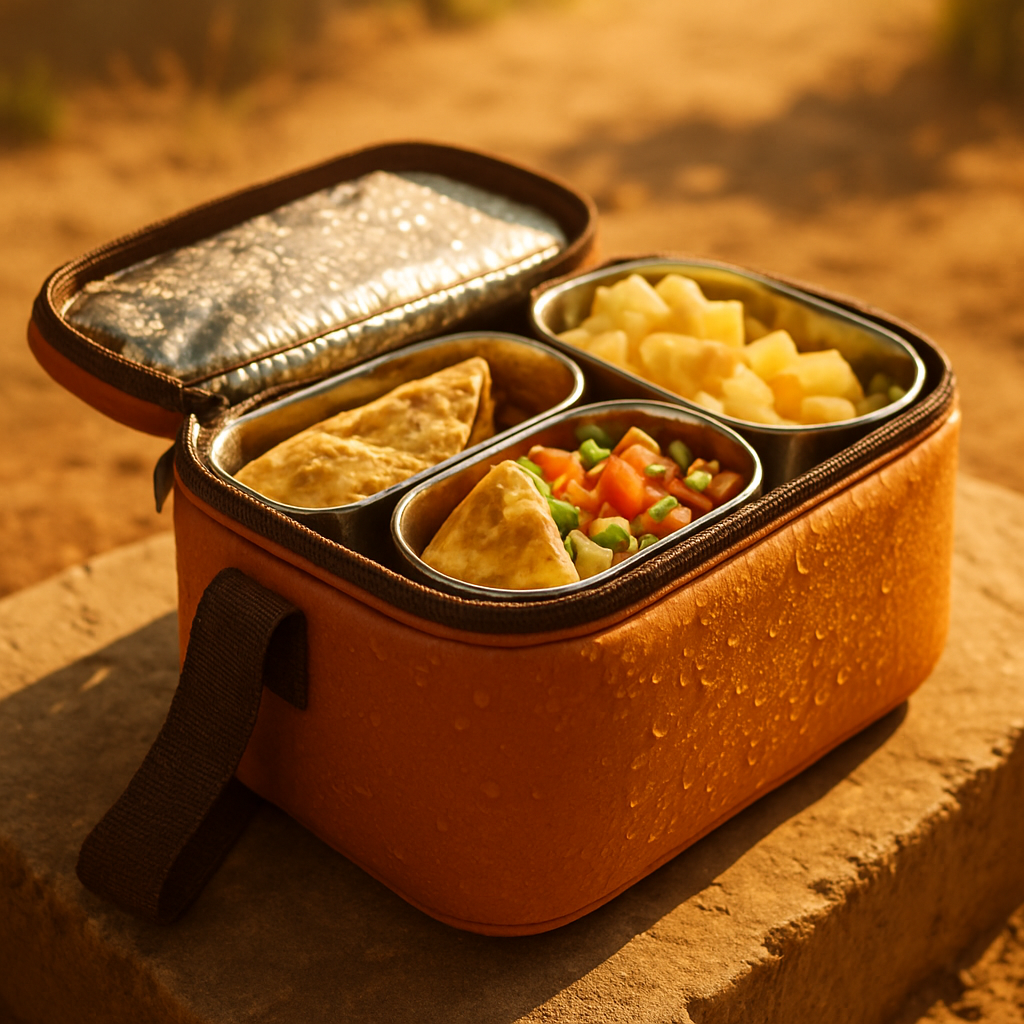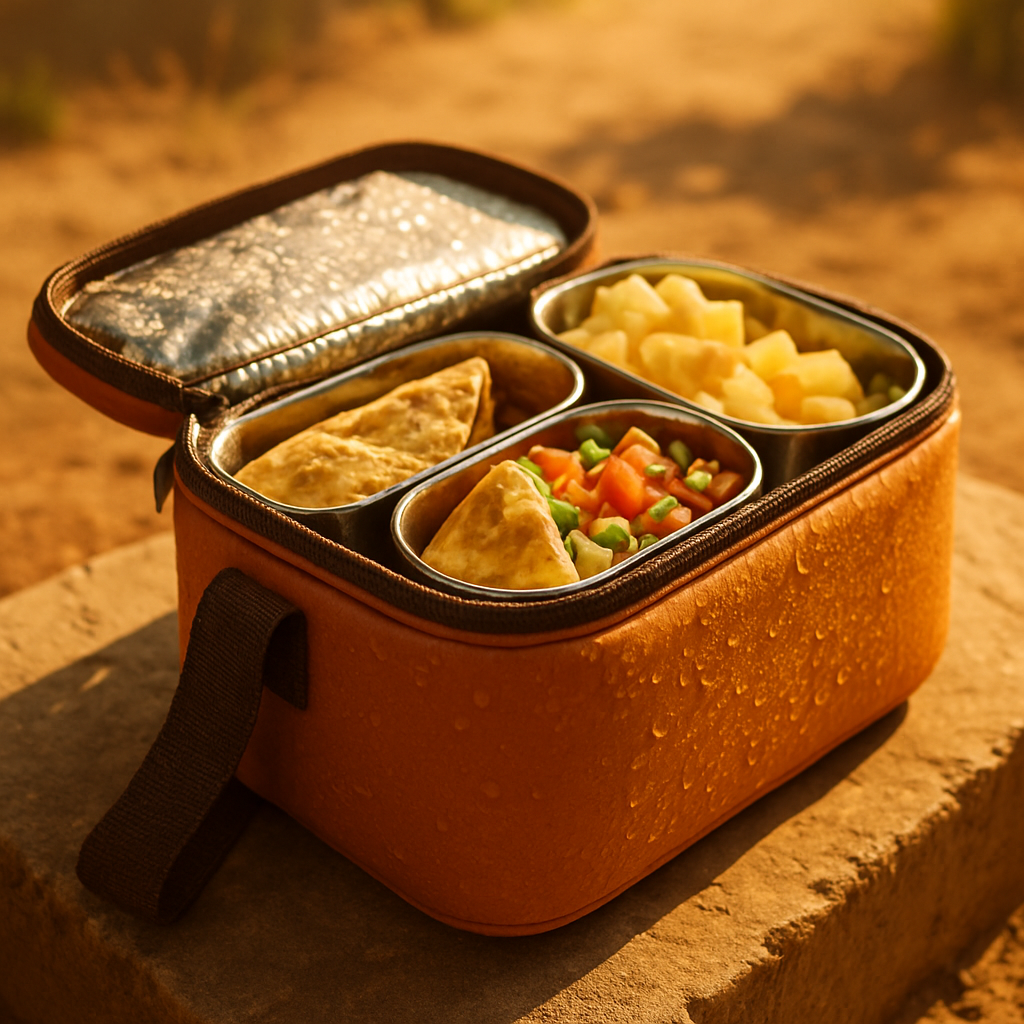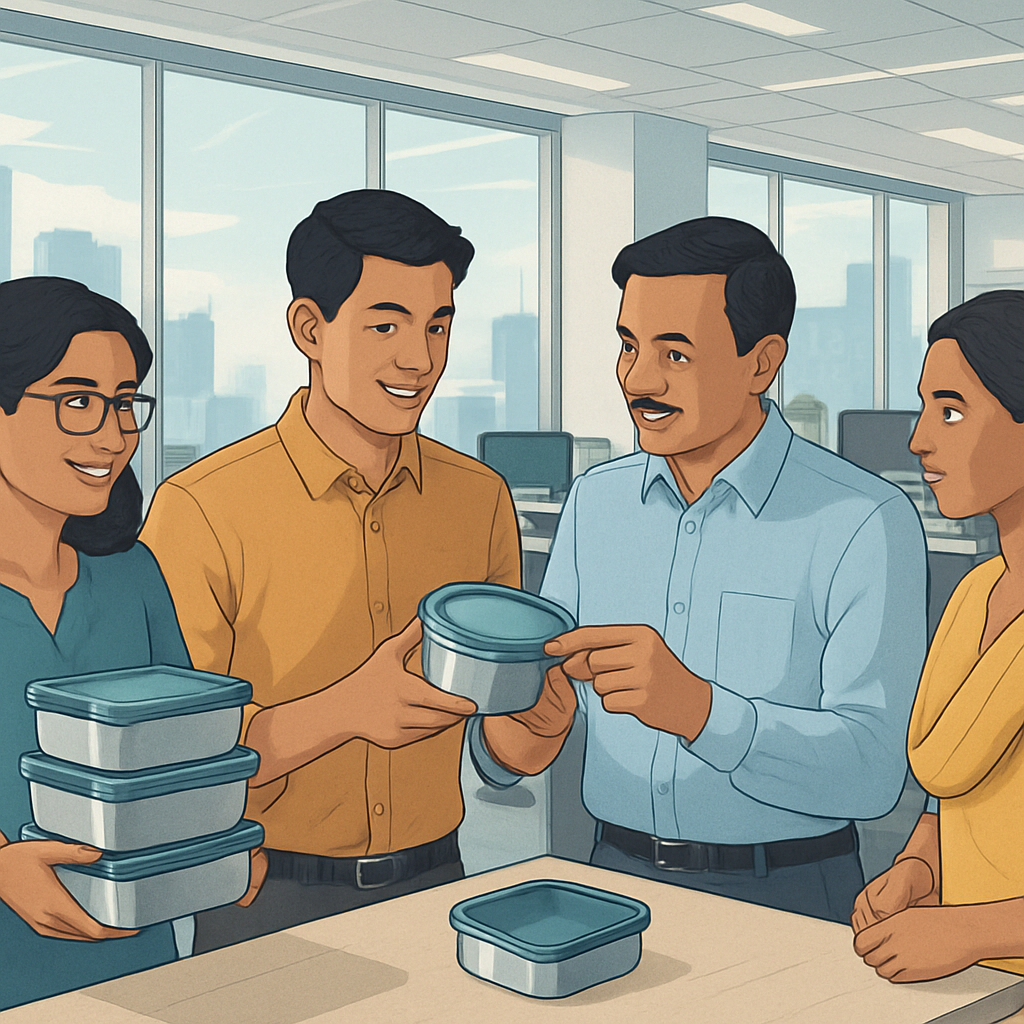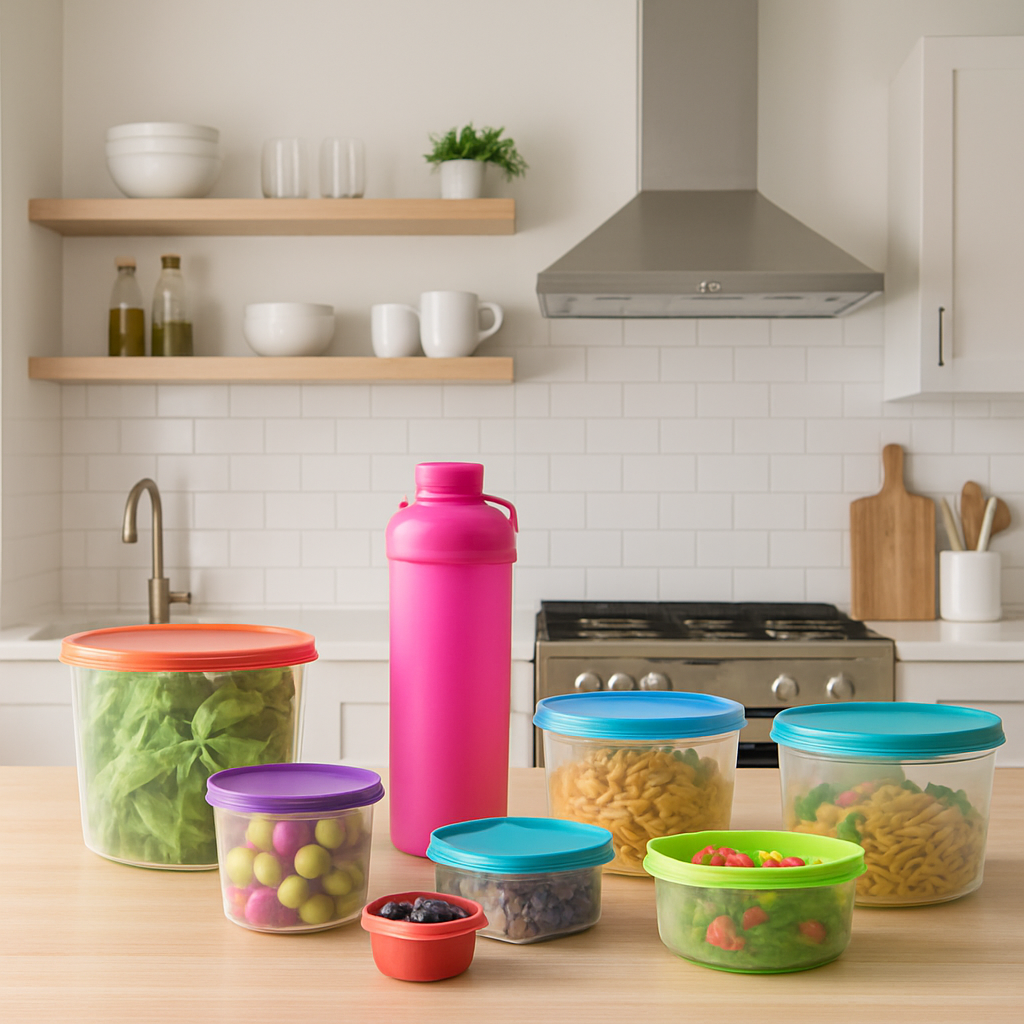How to Keep Lunch Unspoiled in the Indian Heat
I. Embrace the Challenge of Indian Heat
In India, the midday heat is a force you can’t argue with. At noon, temperatures flirt with the limits of what food can bear, yet the need for a fresh lunch remains. Food, being perishable, has evolved under the pressure of these climates, but so must our approach to storing and carrying it. The freshness of what we eat is not a luxury but a necessity—both a question of flavor and of health. This essay explores the real world of bringing lunch from home in the subcontinent, the physics and biology behind spoilage, and the systems you can employ to beat the climate at its own game.
II. Food and Heat: How the Indian Climate Changes the Equation

Indian summers don’t merely nudge the thermometer—they break it. In places where it’s pushing 40°C, microbial life gets all the encouragement it needs. Bacteria, yeast, and molds—never slouches in the best of times—multiply with intent. It’s how bread goes green in a day, or milk sours by noon.
Humidity, that secret accomplice to spoilage, often spikes past 70%. The air itself becomes complicit, carrying moisture that molds adore. Foods like dairy and bread surrender to this chemistry with alarming speed.
Heat and humidity together don’t just compromise safety. They erase flavor and nutrition. Vitamin C, among other delicate nutrients, is first to flee, victims of slow cooking on countertops and window sills.
-
The Details of Spoilage:
Microbial Growth: Warmth and moisture form a petri dish for troublesome organisms. Only by lowering temperature and shutting out damp air do you curb their parties.
Oxidation: The twin hands of heat and oxygen collude to age oils, nuts, and seeds—stripping flavor and nourishment in the process.
Nutrient Fade: When food is left exposed, the very molecules you wanted most—vitamins and minerals—vanish into warmth and stale air.
What wins, in the end, is cold and dryness. If you can make your food’s world smaller—less air, less heat, lower humidity—spoilage slows to a crawl. Refrigeration and airtight containers aren’t fancy, just rational. They buy you time.
III. Effective Food Storage Methods
Refrigeration Done Right: A fridge is useful only if you set it to 4°C (39°F) and don’t load it to the breaking point. Stack meats and dairy in their own space, not mingling with the neighbors. Circulation of cold air, oddly neglected, is the real secret: overcrowd, and you get dead zones and early spoilage.
Airtight Containers: Think of them as mini-fortresses for your lunch—blocking moisture, oxygen, and off-flavors. Borosilicate glass trumps plastic: it’s tough, honest, and doesn’t bring unwanted chemistry to your food. Stackable, microwaveable, and immune to the dishwasher, these containers are the adult way to store lunch.
The Power of Freezing: Sub-zero (-18°C/0°F) suspends decay. The trick is packaging—vacuum seal if you can, or wrap with care to keep freezer burn at bay. Always date your food; your memory will mislead you.
IV. Selecting Pressure-Resilient Ingredients

Ingredient |
Why it Works |
|---|---|
Basmati Rice |
Light, cooling, and forgiving of heat, it digests easily and adapts effortlessly to many forms. It’s what you want sitting in your tiffin at noon. |
Cucumbers |
Almost all water and nearly immune to the sun’s abuse, they hydrate and refresh—a subtle rebuke to the climate. |
Fermented Foods |
Pickles and yogurt were here before refrigeration. Their cultures hold their own against spoilage, turning heat from enemy to mild ally. |
Oranges |
Water and sugar wrapped in zest. Oranges are portable and hard to ruin even when the day is as hot as the kitchen fire. |
Spinach |
Over 90% water, with a backbone of nutrients. Spinach cools, strengthens, and sits well with most foods in spite of the heat. |
Pearl Millet |
Engineered, by centuries of Indian agriculture, to thrive where others faint. Fiber-rich and dense, it’s food with staying power under a punishing sun. |
Staying Hydrated: Essential Strategies
The most basic advantage you want in hot weather? Hydration. Meals based on cucumbers, oranges, and spinach do double duty—feeding and watering. Skimping on this is to fight summer with one hand tied behind your back.
V. Smart Lunch Packaging Techniques
-
The Right Vessel is Half the Battle:
Insulated lunchboxes have one job: keep temperature in, climate out. Good ones trap heat (or cold) and buy you precious hours. If you’re taking along curries or soups—or anything that sloshes—insulation is smart, not optional.
The regular tiffin boxes, without insulation, make promises they can’t keep in the Delhi sun. Avoid them unless you want to gamble with your lunch.
Stainless steel is the workhorse material. No strange aftertastes, no chemical guests—just honest durability.
-
Reinventing the Wrap:
Banana leaves are nature’s answer to wax paper. They’re renewable, aromatic, and as Indian as the tiffin carrier itself. What’s more, they add flavor and reduce waste.
New-age biodegradable wraps—made from plants, not plastics—let you respect your lunch and the environment at the same time. The goal: wrappings that return to the earth with the same humility as the meals within.
-
Vacuum Sealing: A Modern Trick
Oxygen breeds decay. Remove it, and bacteria are left with very little to work with. Yes, the setup (machine, bags) costs, but what you get is time and safety.
Foods sealed this way taste like you packed them moments ago—even days later. If you batch-cook or freeze, this isn’t gadget-lust; it’s common sense.
Freezer burn, that silent thief, becomes a rare visitor.
VI. The Indian Packaging Renaissance: Innovating Tradition
In the ongoing battle against spoilage and waste, India stands at the forefront, not merely observing but actively participating in innovative solutions. Ingenious packaging solutions designed to address these challenges are ubiquitous across the nation, highlighting the creative approaches taken by individuals and companies alike. From traditional practices reimagined for modern needs to cutting-edge technologies, the landscape of packaging in India is vibrant and dynamic, showcasing a commitment to sustainability and functionality in everyday life. Here are some telling examples:
Nature as Designer
Terracotta Pots: Long before refrigerators, there was earthenware. Terracotta cools through slow evaporation, making it a quiet but powerful choice for salads or yogurt.
Edible Cutlery: A simple but radical idea—why toss your spoon when you can eat it? Made from the likes of millet and pulses, they transform cutlery from a problem to a meal.
The Bento Box, Upgraded
Stainless steel bento boxes—leakproof, robust, colorfully pragmatic—reflect a sensibility that says both “no mess” and “no compromise.” They accommodate the Indian habit of mixing liquid and dry, spicy and bland, in one meal transportable with ease. Learn more about these versatile solutions at Basil.
Sustainable as Default
Bagasse: Plates and trays from sugarcane leftovers decompose quickly but stay strong enough to survive the commute.
Bamboo and Palm Leaves: Each plate a subtle nod to ancient customs, yet so modern in their compostability—made for gatherings and grown for return to soil.
Bioplastics and Beyond
The new wave is compostable plastics—degrading in months, not millennia. What once clogged landfills now helps feed gardens. Progress, sometimes, is as much about what you leave out as what you add.
When you choose any of these, you invest in food that arrives as fresh as it left—and a world a little less battered by packaging.
VII. Mastering Your Midday Meal
If there’s one thing that ruins even the best-packed lunch, it’s neglecting the system. Most often, people pack fridges wrong—stuffing to excess and strangling circulation. Air trapped between leftovers is stagnant, warm, and dangerous.
Temperature Isn’t Just a Setting
Many fridges hide inaccuracy. That “cold” dial isn’t always truth. Get a thermometer. Aim for 4°C or colder. A rookie mistake: dropping hot food right in. Instead, let it cool, then store, so you don’t gamble the freshness of everything else.
Organizing for Airflow
The principles are simple. Heavy, perishable drinks (like milk) at the bottom. Humidity-loving produce in crisper drawers. The fridge door—often exposed to warm air—is for survivors like condiments. The hidden rule: every item helps or hinders the whole.
The Usual Mistakes
Bad wrapping, letting food overstay its welcome, and forgetting what’s lurking at the back—these are the avoidable errors. Use airtight containers, or even better, vacuum bags for perishables. Practice “first in, first out,” not just because it’s smart, but because otherwise you’re subsidizing waste with every trip to the market.
VIII. Trusted Safety Tips from the Experts
There’s a thread running through advice from chefs and food scientists: details matter more than ingredients or gear.
Sanity in the Heat
Q: How do you keep lunch safe during the heat?
A: Think like a thermodynamicist. Keep cold food cold with ice packs, especially when outside. Don’t eat meat unless you’ve checked it’s cooked through (a digital thermometer is less paranoia, more prudence).
Fast Wins for Freshness
Q: What are the quick, often missed tips?
A: Food that sits out after you’re done eating is already losing the battle. Get it into the fridge within two hours. Cleanliness, both of hands and tools, is the silent champion of longevity; you don’t want yesterday’s bugs on today’s lunch.
Consensus Tips from the Pros
Monitor Temperatures: Never let food stray between 4°C and 60°C. This is the microbial playground.
Use Ice Packs: Simple, cheap, and devastatingly effective for picnics and office commutes.
Hand Hygiene: Wash before prep—simple, absolute, irreplaceable.
Separate Boards and Knives: Raw and cooked foods don’t share tools—unless you’re interested in food poisoning.
IX. Craft Your Lunchtime Success
India’s climate is never shy, but your lunch needn’t be its victim. By understanding—not just repeating—these methods, you buy yourself better food and better health. Nothing about this is academic; each day’s meal is a brief test of thermodynamics and discipline. If you’ve uncovered techniques of your own, sharing them grows the community. The challenge of keeping lunch fresh is a puzzle; the pleasure is in crafting your own solutions. For more detailed guidelines on food safety, refer to this comprehensive resource.






